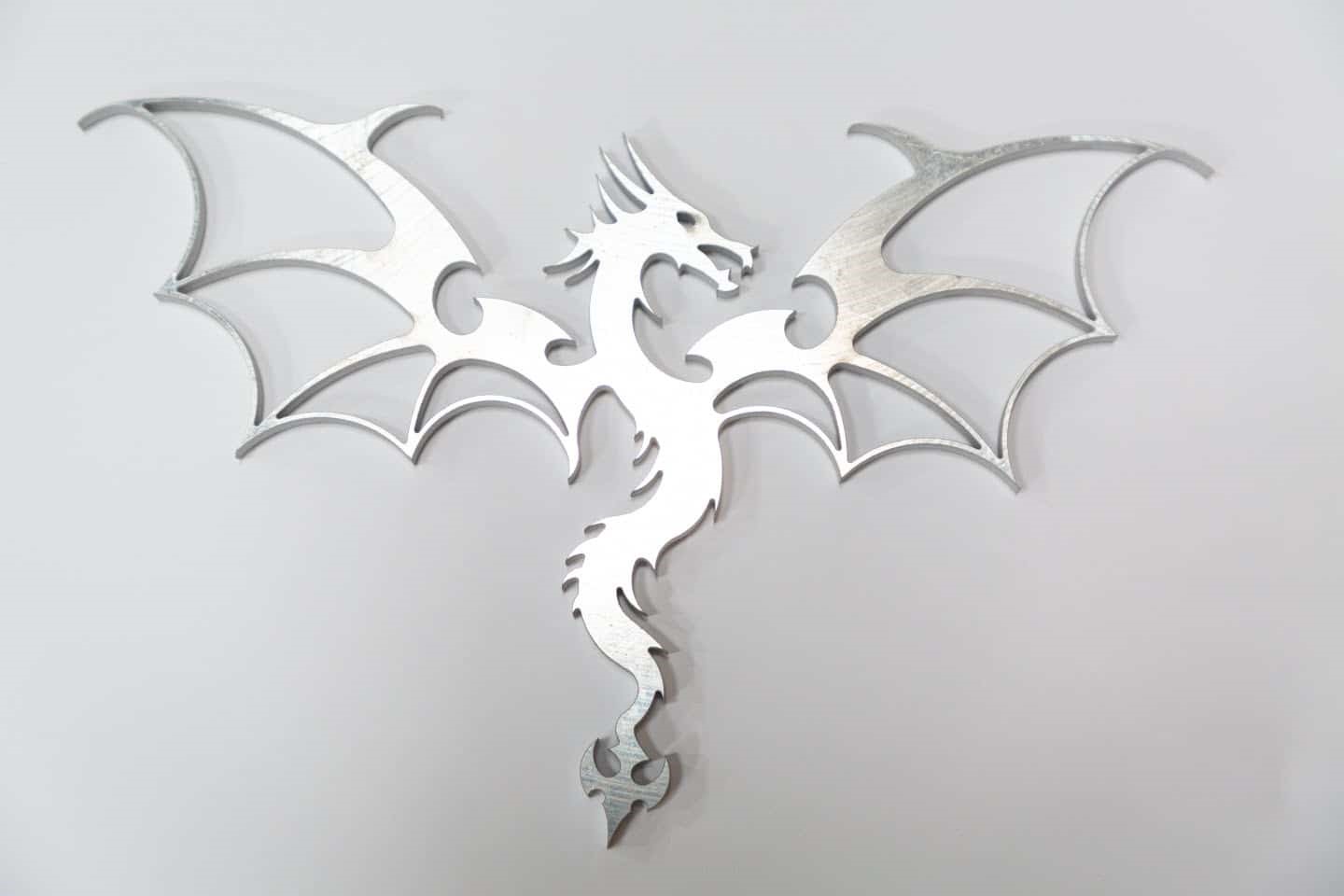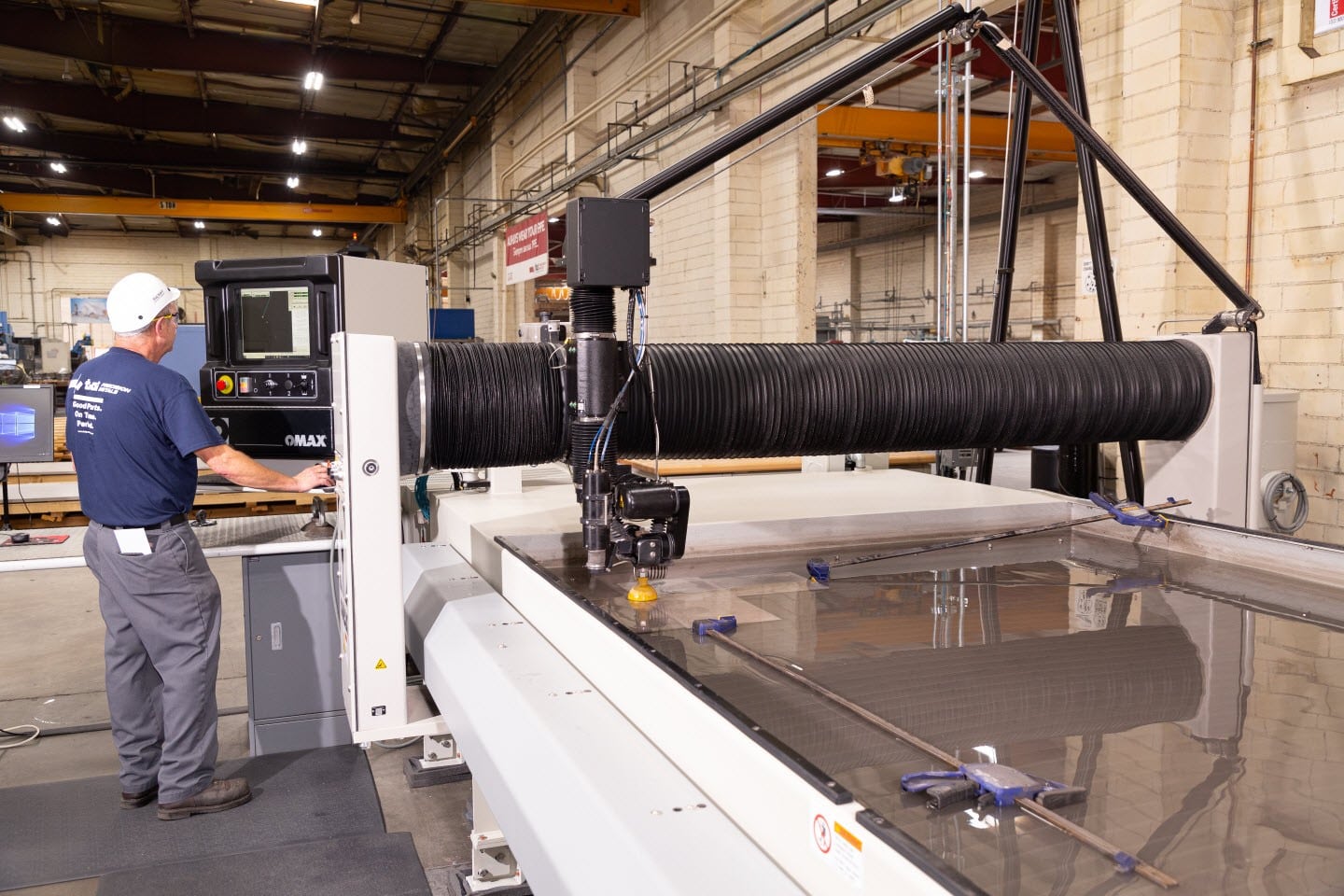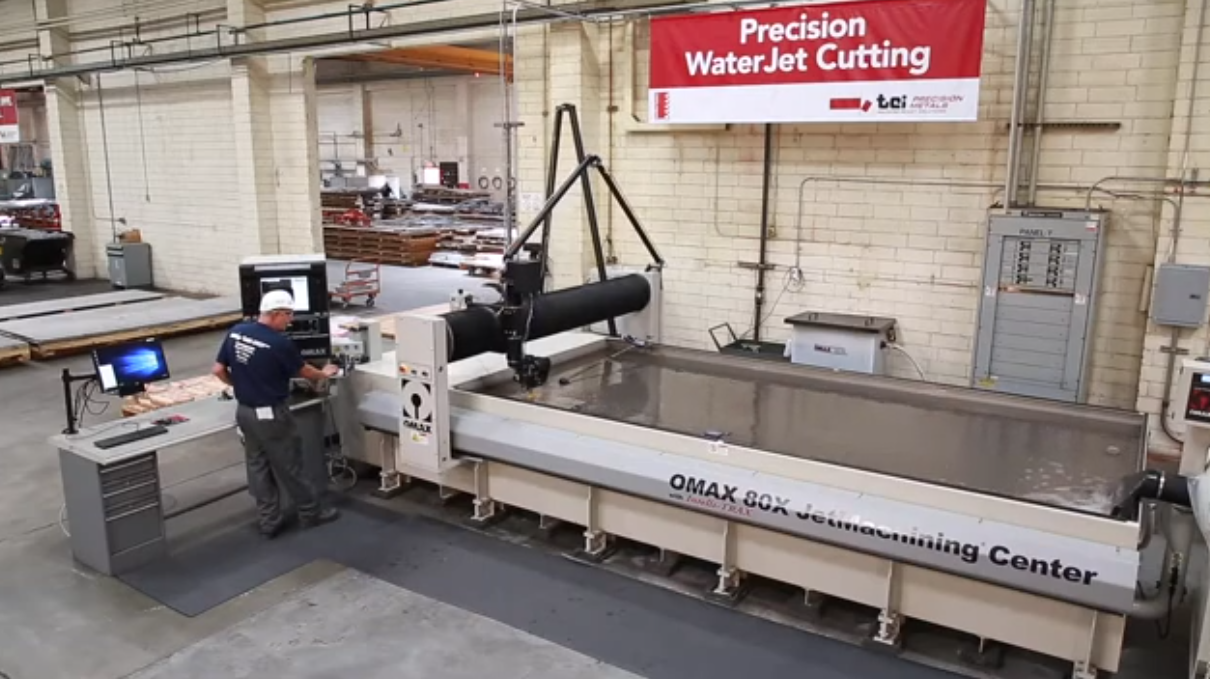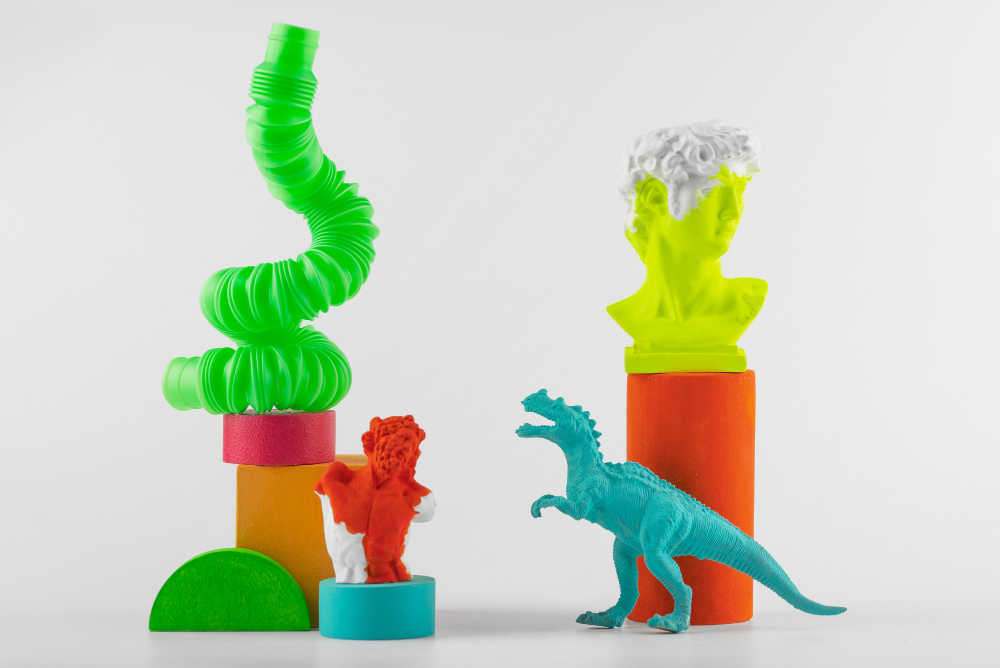criar imagensWater jet cutting is a precise, cold-cutting technology that uses extremely high-pressure water—often above 4,000 bar—to cut materials without generating heat or altering their structure. When combined with 3D CAD software such as SolidFace, it becomes a powerful method for manufacturing accurate parts across multiple industries.
Pure Water Jet vs Abrasive Water Jet
Pure water jets cut soft materials like plastics, rubber, textiles, paper, foam, fiberglass, food and packaging materials. Abrasive water jets add materials such as garnet to cut harder materials including metals, stone, glass, ceramics and wood. Abrasive grain sizes typically range from 50 to 220 mesh, with 80 mesh being the most common. Many machines can switch between pure and abrasive modes, adding flexibility to the workflow.
How Water Jet Cutting Works
A high-speed stream of water or water mixed with abrasive particles strikes the surface of the material to erode it. Because the process is cold, there is no heat-affected zone, no burning, and no deformation. This makes water jet cutting ideal for applications where material integrity is critical.
Industrial Applications
Water jet cutting is widely used in industries where heat-based processes could damage materials. It is especially valuable in sectors that handle highly variable materials or thicknesses, such as job shops. Industries using water jet technology include agriculture, medical devices, automotive, aerospace, energy, defense and architecture.
Why Water Jet Cutting Is So Versatile
Water jets can cut an enormous variety of materials with consistent quality and edge finish. Soft materials are handled with pure water, while hard materials benefit from abrasive jets. This versatility, combined with the absence of heat, makes water jet cutting one of the cleanest and most adaptable methods available today.






